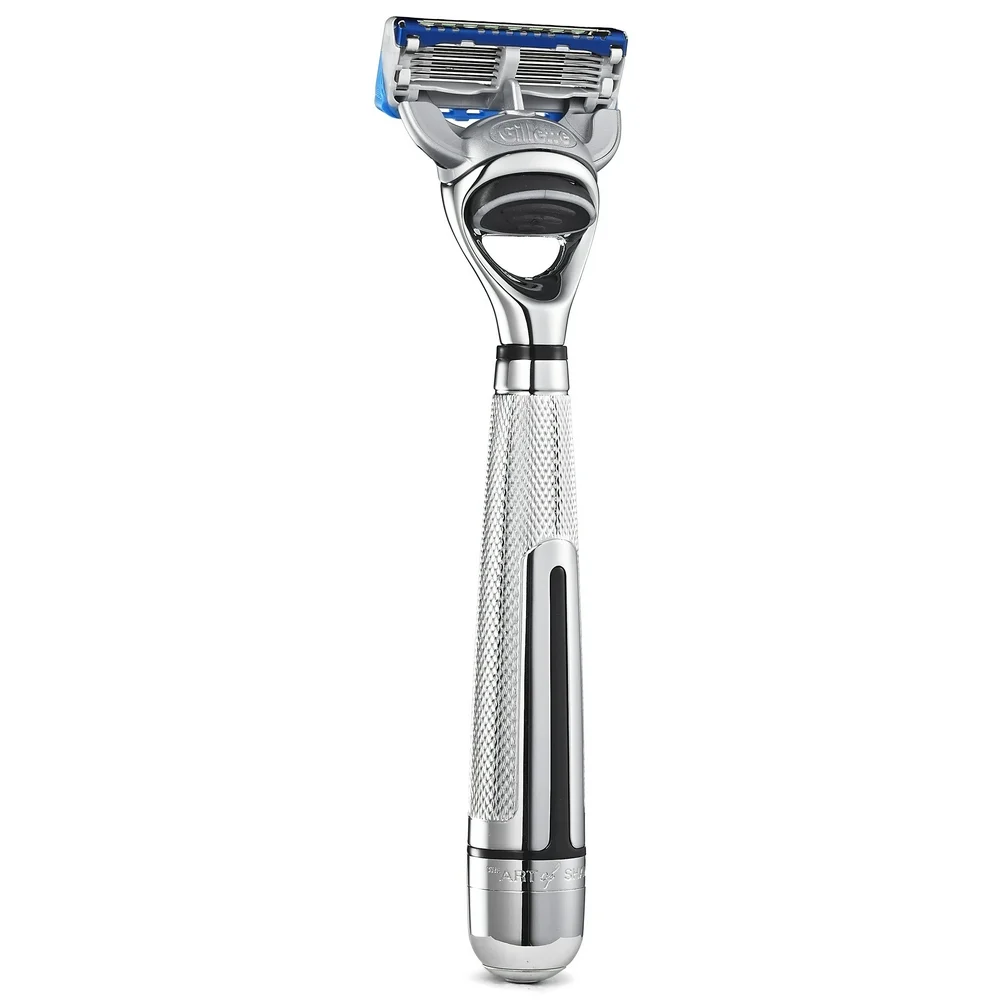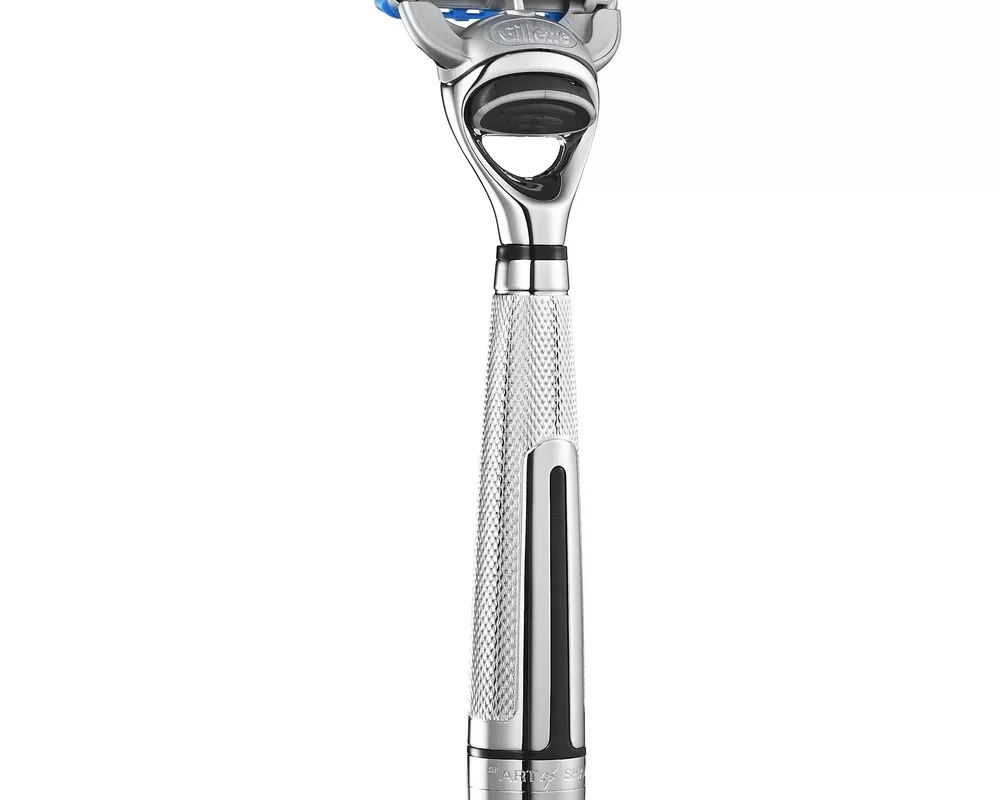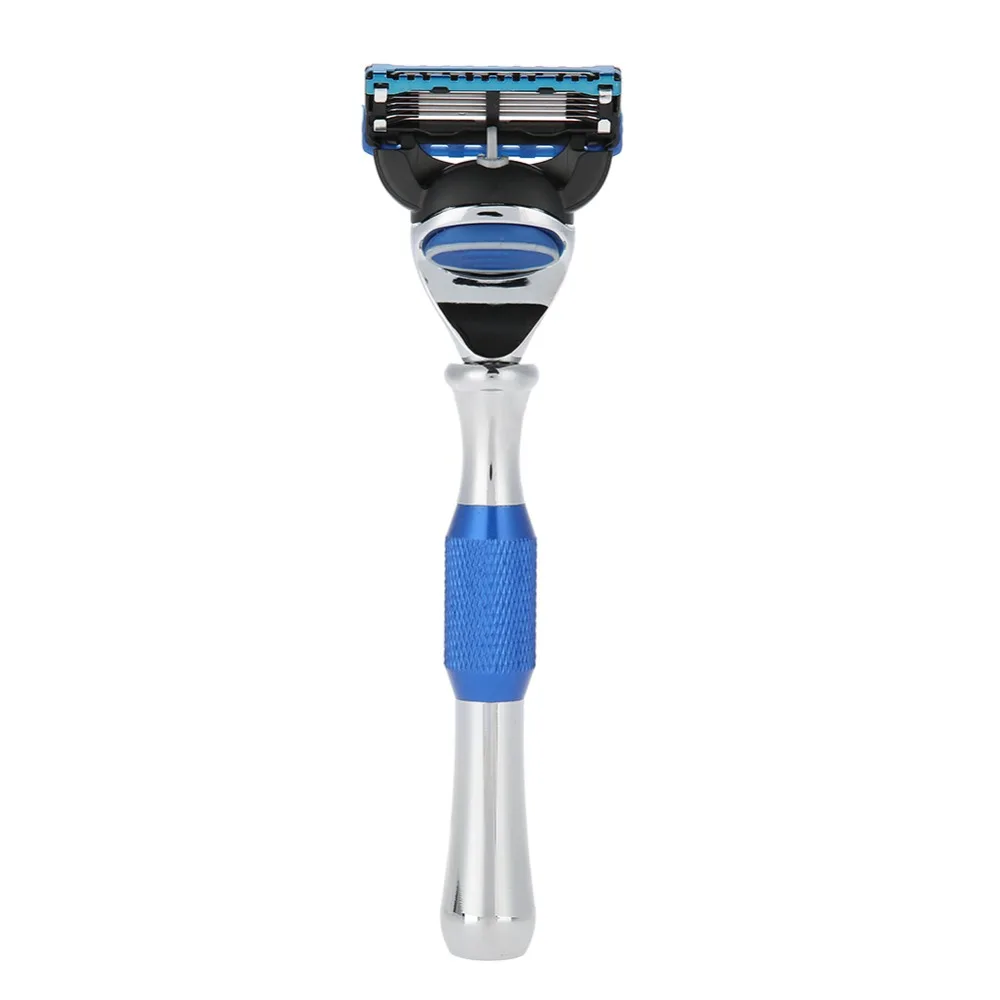When it comes to grooming, one of the most important decisions a person can make is whether to use an electric shaver or stick with a traditional manual razor. Both methods have their proponents and unique benefits. In this article, we will delve into the strengths and weaknesses of electric shavers and manual razors, helping you make an informed choice about which one might suit you best.
The Evolution of Shaving
A Brief History
Shaving has been a staple of human grooming for thousands of years. Ancient Egyptians used sharpened stones and flint to remove facial hair, while Greek men favored metals. The safety razor was introduced in the late 1800s, making manual shaving more accessible and less hazardous than earlier methods. Fast forward to the 20th century, and electric shavers began to gain traction, offering a new level of convenience.
The Modern Age
Today, the market is flooded with choices. While electric shavers have become a popular option, the classic charm of manual razors remains. So what should you choose? Let’s break down the factors that will help you make this decision.
Electric Shaver Overview
Types of Electric Shavers
- Foil Shavers
Foil shavers use thin metal foils to cover the cutting blades. They are known for providing a close shave and are often better for sensitive skin. - Rotary Shavers
These use spinning heads to cut hair. They tend to be more versatile for different hair types and lengths but may not give as close of a shave as foil shavers.
Pros of Electric Shavers
Convenience
One of the most significant advantages of electric shavers is their convenience. Users can shave quickly without the need for shaving cream or water. This can be particularly helpful for those with busy schedules or those who travel frequently.
Speed
Electric shavers are designed for efficiency, allowing users to complete the shaving process in less time than traditional razors would typically require. This speed can be invaluable in the morning rush.
Less Skin Irritation
For those with sensitive skin, electric shavers generally offer a gentler option. The absence of blades that scrape against the skin reduces the chances of nicks, cuts, and razor burn.
Versatility
Most electric shavers come with various attachments, enabling users to style facial hair, body hair, or even trim long beards. This makes them more versatile compared to a standard razor.
Cons of Electric Shavers
Upfront Cost
Electric shavers usually have a higher initial price point compared to manual razors. While they may save you money on shaving cream and disposables in the long run, the upfront investment can be a deterrent.
Maintenance
Electric shavers require regular maintenance, including cleaning and recharging. The motors can wear out over time, necessitating repairs or replacements that can be expensive.
Less Close Shave
While electric shavers do offer a good shave, many users still find that they do not achieve the same level of closeness as traditional razors. This could be a significant factor for those who prioritize a silky smooth finish.
Manual Razor Overview
Types of Manual Razors
- Safety Razors
These feature a protective guard that reduces the chances of cuts, making them a safer option than straight razors but still providing a close shave. - Straight Razors
Straight razors require skill and practice to use effectively. They offer the closest possible shave when wielded correctly, but they also come with a higher risk of injury. - Cartridge Razors
Cartridge razors are the most common type today. They usually come with multiple blades and pivoting heads, offering convenience similar to electric shavers.
Pros of Manual Razors
Cost-Effective
Manual razors can be more cost-effective, especially if you opt for disposables or single-blade razors. Replacement blades and equipment generally cost less in the long run.
Closer Shave
Many people find that a manual razor provides a closer shave than electric counterparts. This is especially true for those adept at mastering their technique.
Skill Development
Using a manual razor can improve shaving skills and techniques. Learning how to properly use different types of razors can be a rewarding experience for many.
Cons of Manual Razors
Time-Consuming
The traditional method of shaving can be time-consuming. Users often need to apply shave cream, wait for it to soften hair, and perform multiple passes to get a clean shave.
Skin Irritation
Manual razors can cause more skin irritation, especially for those who are prone to razor burn. The process often involves multiple passes over the same area, increasing the chances of irritation.
Risk of Injury
Using a manual razor comes with a higher risk of cuts and nicks. Even experienced shavers can make mistakes, leading to an accidental injury.
Choicemaking Factors
Skin Type
Users with sensitive skin may find electric shavers to be a more suitable option. The gentle approach minimizes irritation, while manual razors can cause discomfort. Conversely, if you’re willing to invest the time and care into your technique, you might achieve a closer shave with a manual razor.
Hair Thickness
People with coarse or thick hair may notice a substantial difference in performance between the two. While electric shavers can handle most hair types, manual razors often outperform them for a closer shave.
Lifestyle
For those with a busy lifestyle, the convenience factor of an electric shaver cannot be underestimated. Clearly defined schedules might favor manual razors for their cost-effectiveness but often at the expense of time spent grooming.
Environmental Concerns
If sustainability is a concern for you, manual razors made from sustainable materials might be more appealing. While electronic devices have a longer lifespan, they can be harder to recycle when they reach the end of their lifecycle.
Technology in Electric Shavers
Advanced Features
Modern electric shavers come with numerous features, such as wet/dry capabilities, LED indicators, and advanced cleaning systems. These high-tech additions improve the overall user experience.
Battery Life
Many electric shavers today are cordless and come with significant battery life. Features like quick charge can make it easy for users to get a shave when they are short on time.
Smart Technology
Some electric shavers now include smart technology, such as sensors that adjust the power depending on hair density. This can provide a more tailored shaving experience.
Maintenance and Longevity
Electric Shaver Maintenance
Maintaining an electric shaver is typically easy, involving cleaning the blades, ensuring the battery is charged, and replacing worn-out parts. Some models even offer automatic cleaning stations.
Manual Razor Maintenance
Manual razors require less technology but still need some care. Regularly replacing blades can improve effectiveness and reduce skin irritation.
The Social Aspect of Shaving
Traditional vs. Modern Shaving Cultures
Some consider shaving to be an art form, practicing techniques passed down through generations. Manual razor enthusiasts often regard their grooming routine as a leisurely ritual, while electric shaver users may prioritize efficiency.
Social Influences
Social media influencers and grooming experts often promote one method over the other, challenging traditional notions of grooming. Online tutorials and reviews can help you understand best practices and choose what aligns with your grooming philosophy.
 Gender Considerations
Gender Considerations
Men’s Grooming
Historically, men have leaned more towards electric shavers for their efficiency. However, the resurgence of traditional shaving methods has brought manual razors back into popularity among men looking for that “classic” shave.
Women’s Grooming
Women may find both methods prevalent, depending on their preferences for leg hair, underarm shaving, or even maintaining facial hair. The choice often aligns with personal comfort, skin sensitivity, and grooming goals.
Conclusion: Electric Shaver vs Manual
The debate between an electric shaver and a manual razor is ongoing and may ultimately boil down to personal preferences. Each method has its pros and cons, tailored to different lifestyles, skin types, and grooming philosophies. Whether seeking convenience or aiming for the closest shave, understanding what each option offers can help you make an informed decision that best suits your grooming needs.
In a world where time and efficiency often reign supreme, electric shavers stand ready to serve those looking for a quick touch-up. Meanwhile, the enduring appeal of manual razors lingers for those who cherish the technique and experience that comes with traditional shaving. When it comes down to electric shaver vs manual options, consider what factors matter most to you, and choose wisely!





